Is it possible for a book’s title to be onomatopoeia? Consider My Best Friend from Julie Fogliano with illustrations by Jillian Tamaki. It’s a children’s illustrated book that’s geared for ages four through eight, but will demo younger to those audiences and readers who are open to it. The text will be simple for those on the older range to read. That age isn’t really the ones who’ll get the most out of the book.
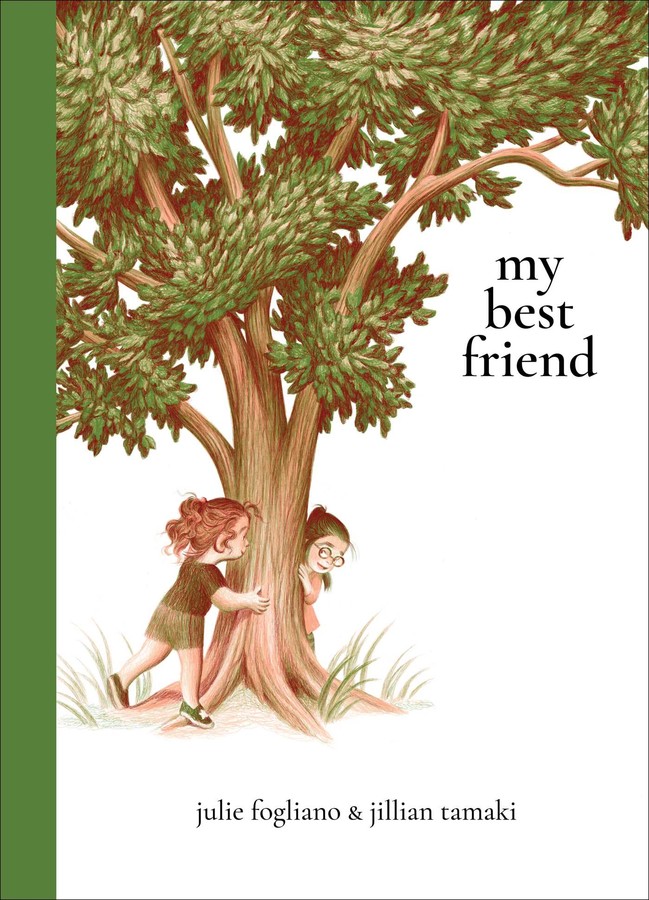
To determine who will get the most out of the book we need to go to playground. Is the playground your child’s favorite place? Do they easily meet other children and play with them for hours? Do they make up songs with them or have to be carried away from the playground in their parent’s arms due to exhaustion? Lastly, do they do all of this without knowing their playmate’s name?
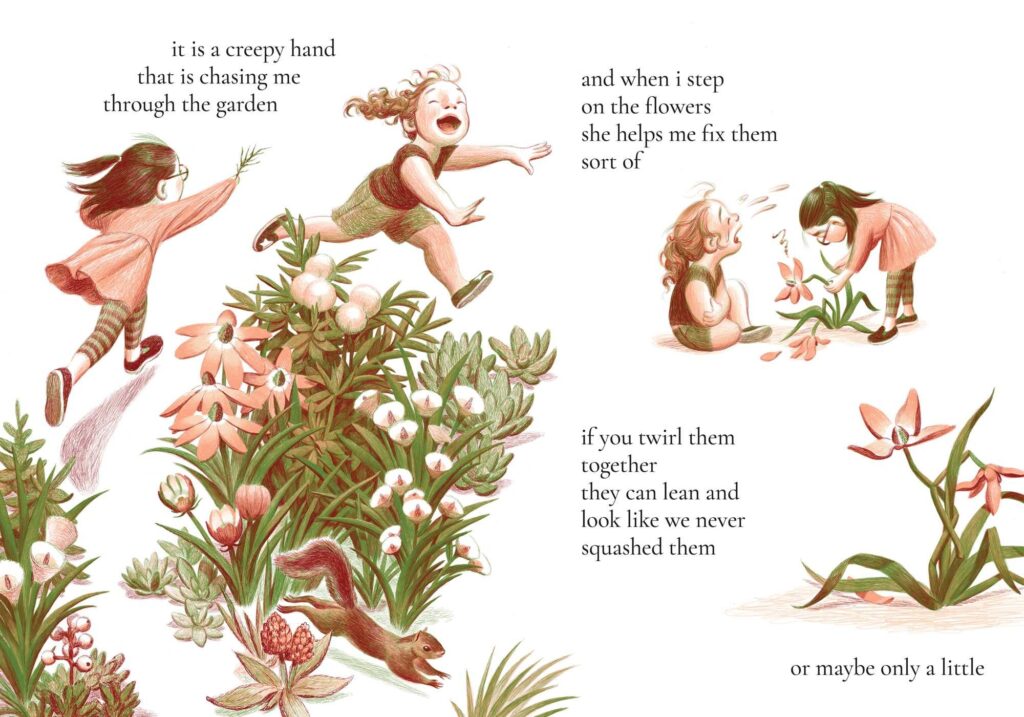
That’s the premise behind My Best Friend. It’s all-afternoon play session with a new person their age where they get so wrapped up in playing that they don’t get each other’s name. From the moment you pick up My Best Friend you feel like you know this book.
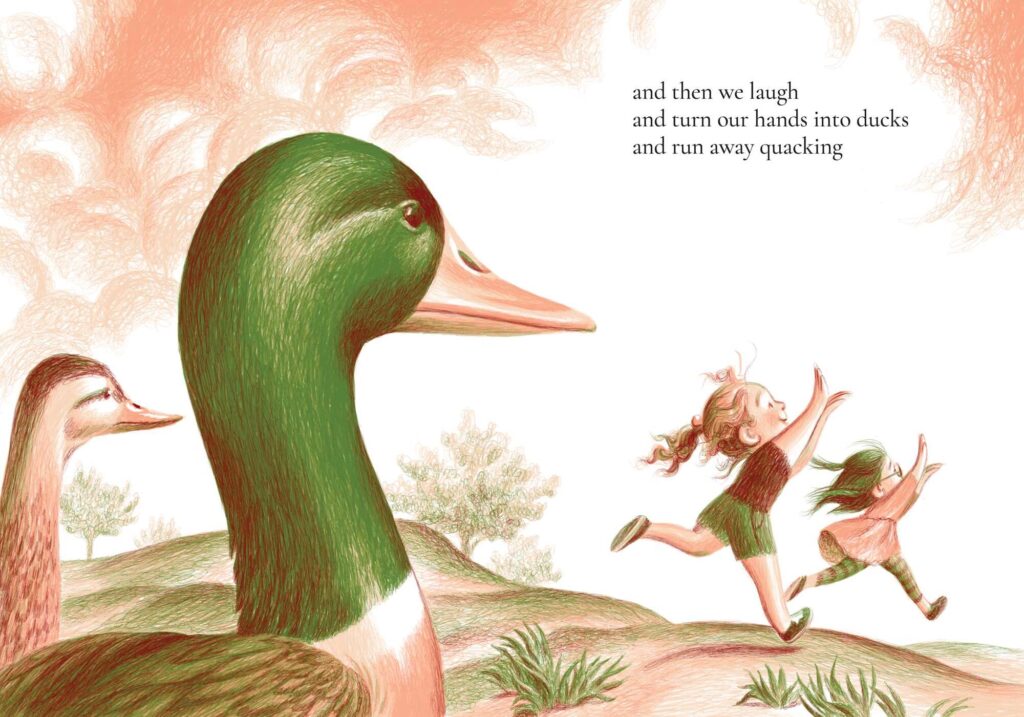
The illustrations and colors in the book have the same green and brown hues as Frog and Toad. That’s certainly one aspect that provided us to the classic vibe that the book put off. As a child we loved that book, which has a slightly more difficult reading level than My Best Friend. The former has a story with a timeline and elements that allow the character to grow through their actions.
My Best Friend takes the poetic approach. The words do not rhyme, but the sentences are short and printed with big letters. There’s lots of white space on some pages which allow the words and Tamaki’s illustrations to fill in the blanks. That’s exactly what they do, filling in the story that parents will be able to with their recap of how their child played at the park that day. It also helps that the kids in the story play at a park. This could be any park, the one down the street or the one across the country that you’ll never see. Had the book taken place in a regional or seasonally active place the book would not have the same timeless sense about it.
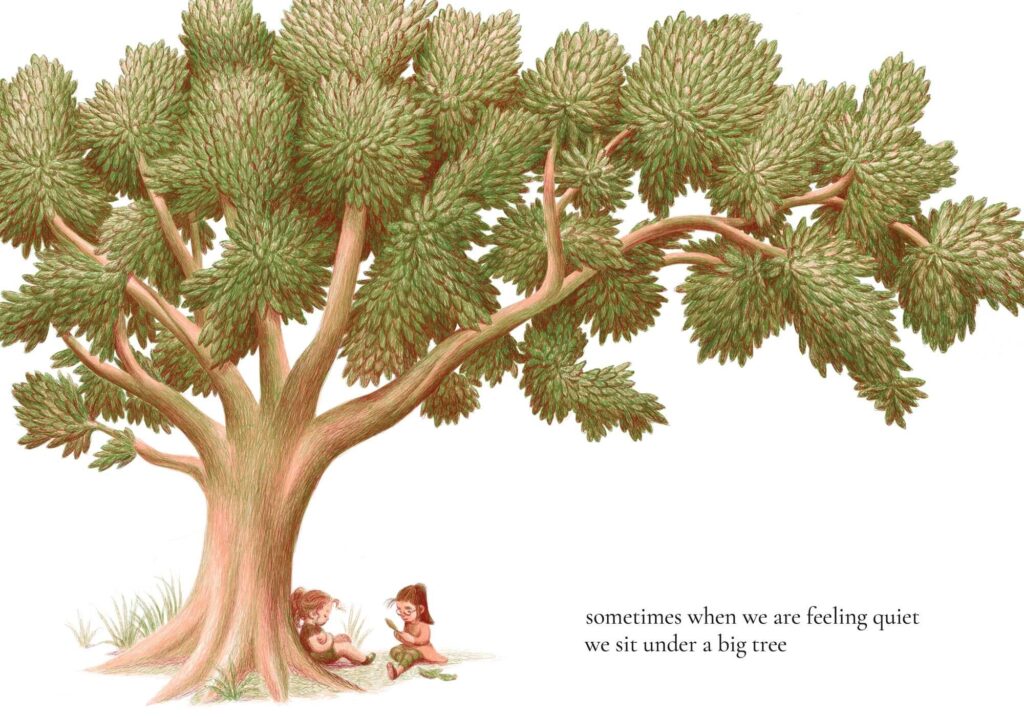
If the child is older then they’ll mentally follow along and plug in that child, whose name they don’t know, into the story. My Best Friend isn’t an immediate classic because it’ll have a narrow age range. It’s too simple for those in middle elementary school. However, those in pre-k through early elementary school will enjoy how there are sight words that they can read and a story that they can fill in the blanks to.
I’ll call My Best Friend a niche classic. It feels like a book that fits into the books you read when you were six, yet will still feel new when you read it to your grandchildren in 25 years. It’ll immediately put a smile on those reading the book and instill a sense of happiness and wonder into those who are experiencing it.
There are affiliate links in this post, because, friends.
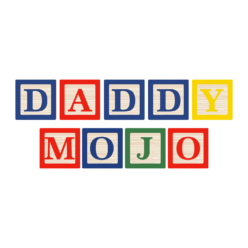




 Facebook
Facebook Twitter
Twitter Flickr
Flickr GooglePlus
GooglePlus Youtube
Youtube